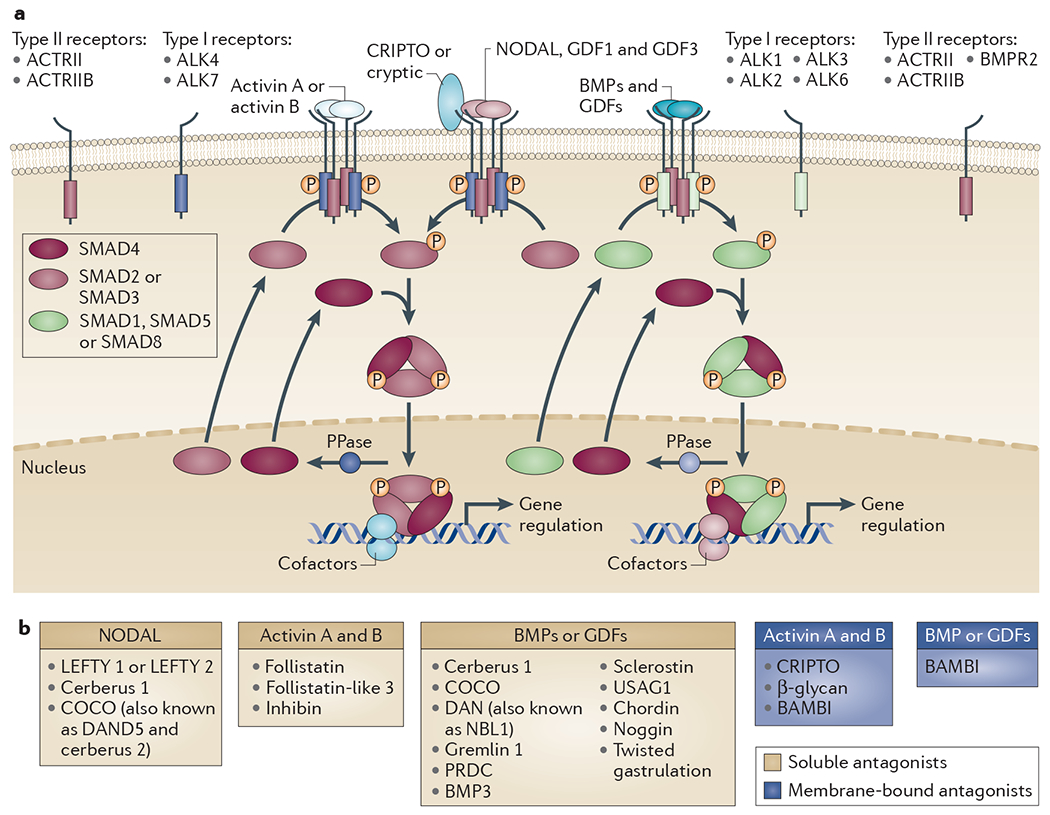Figure 1 |. Signalling downstream of TGFβ superfamily ligands.

a | The core signalling pathway through the SMADs is shown for the bone morphogenetic proteins (BMPs), activins, NODAL, and growth and differentiation factors (GDFs) (BANGs). The pathways downstream of the transforming growth factor-βs (TGFβs) are not shown. Specific ligands bring together different combinations of type I and type II receptors, as indicated. In humans there are a total of seven type I receptors, known as activin receptor-like kinases (ALK1–7), and five type II receptors, with individual ligands binding different combinations (TABLE 1). Six type I receptors and three type II receptors mediate BANG signalling. The receptors all have a cysteine-rich extracellular domain, a single-pass transmembrane domain and an intracellular kinase domain. NODAL, GDF1 and GDF3 signalling also requires the co-receptors CRIPTO or cryptic, which are members of the EGF–CFC family (named after their epidermal growth factor (EGF)-like motif, and a novel cysteine-rich domain with the founding members CRIPTO, FRL1 and cryptic)21,32. The type I receptors dictate which receptor-regulated SMADs (R-SMADs) are phosphorylated (P) in response to which ligand. ALK1, ALK2, ALK3 and ALK6 phosphorylate SMAD1, SMAD5 and SMAD8, whereas ALK4, ALK5 and ALK7 phosphorylate SMAD2 and SMAD3 (REF. 9).The receptor-mediated phosphorylation of the R-SMADs occurs at their extreme carboxyl termini on two serines in an S-M-S or S-V-S motif. R-SMAD phosphorylation promotes complex formation with SMAD4 and subseguent accumulation in the nucleus. b | TGFβ superfamily ligand antagonists CRIPTO and β-glycan, which are co-receptors for NODAL, GDF1 and GDF3, and TGFβ, respectively (TABLE 1), act as inhibitors of activin signalling109. BAMBI, BMP and activin membrane-bound inhibitor; PPase, phosphatase; PRDC, protein related to DAN and cerberus (also known as gremlin 2); USAG1, uterine sensitization-associated gene 1 protein (also known as SOSTDC1).
